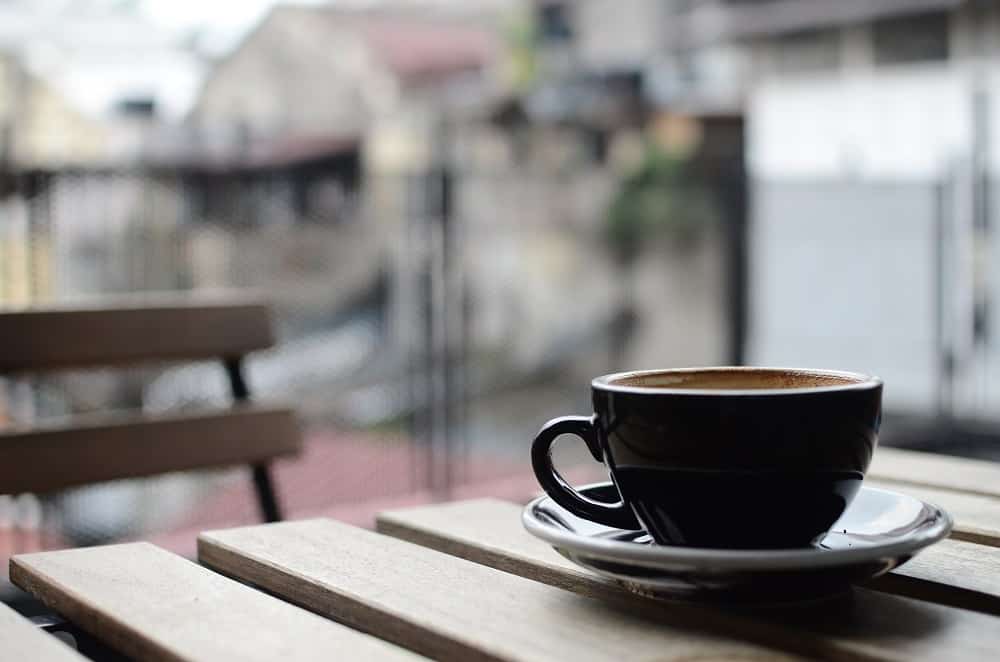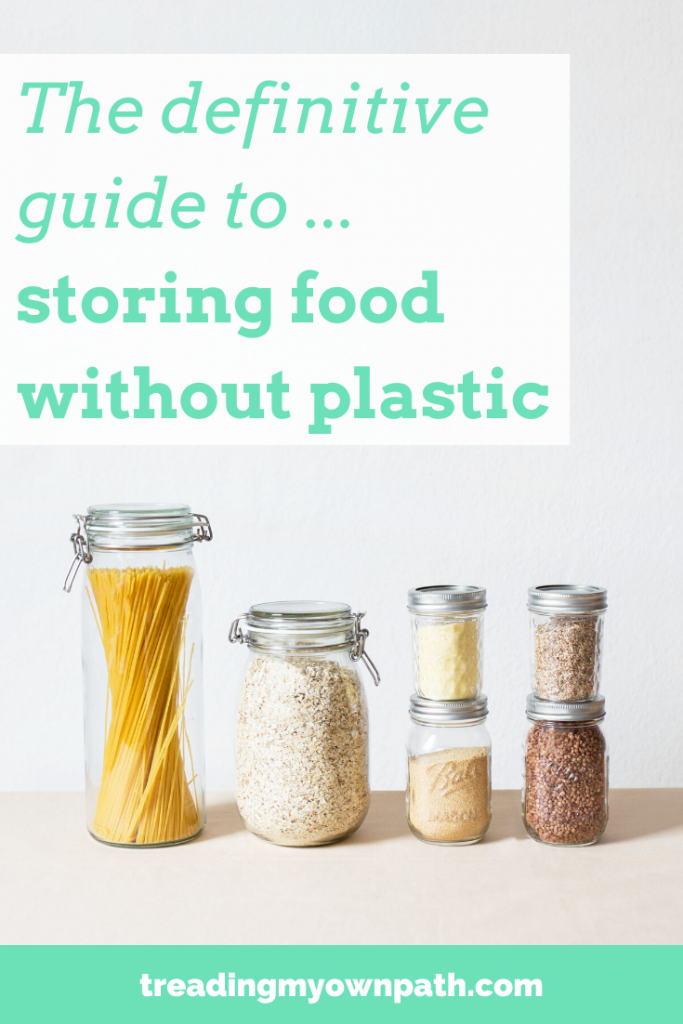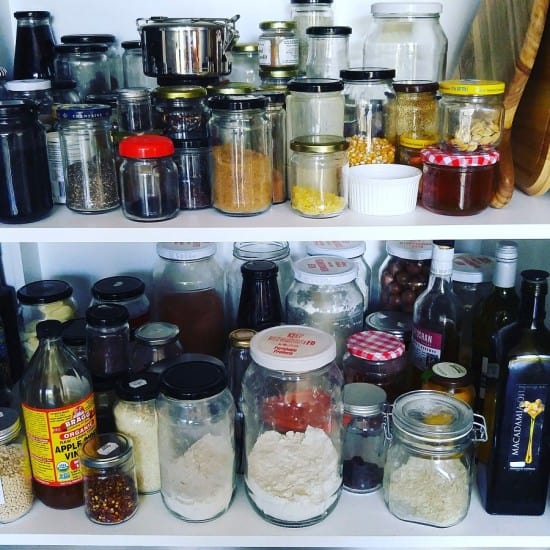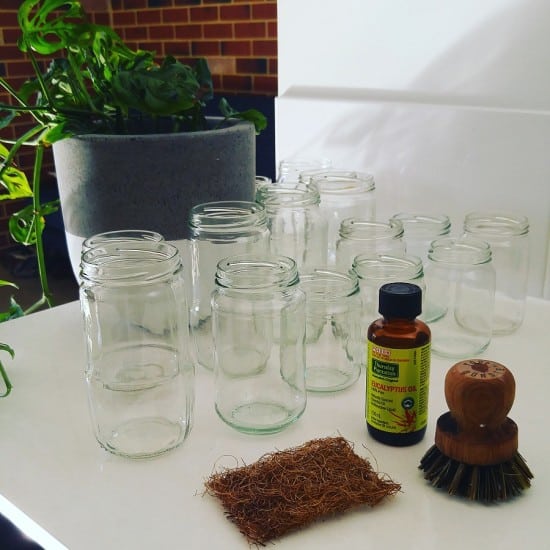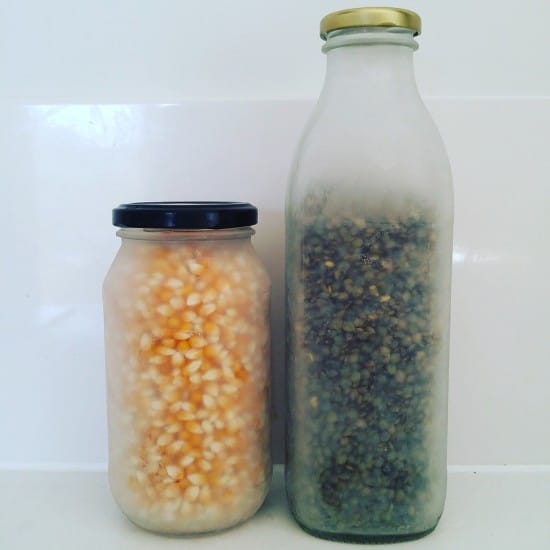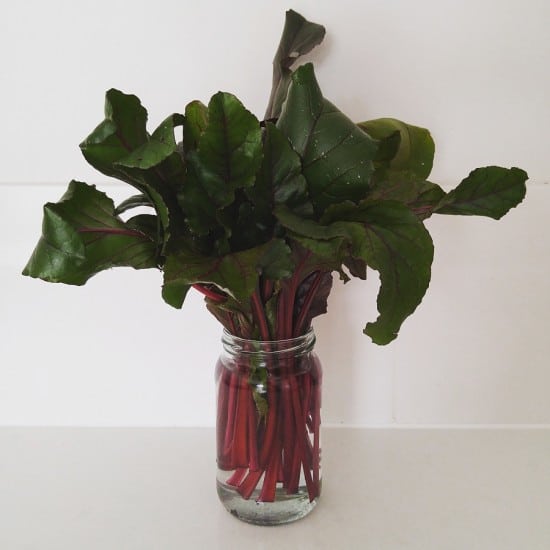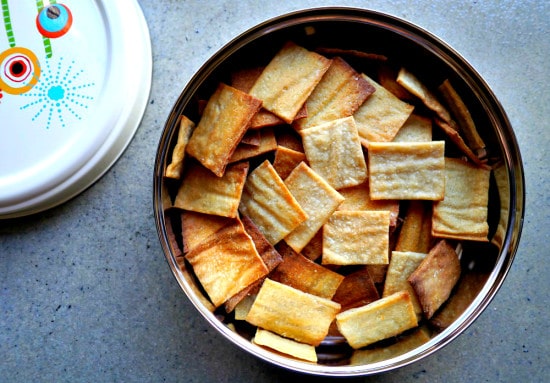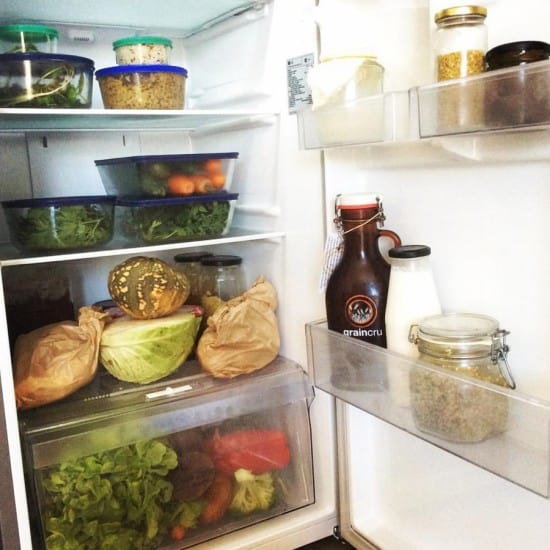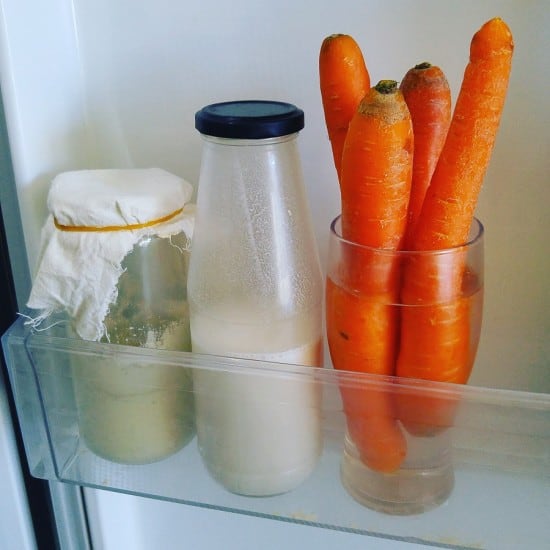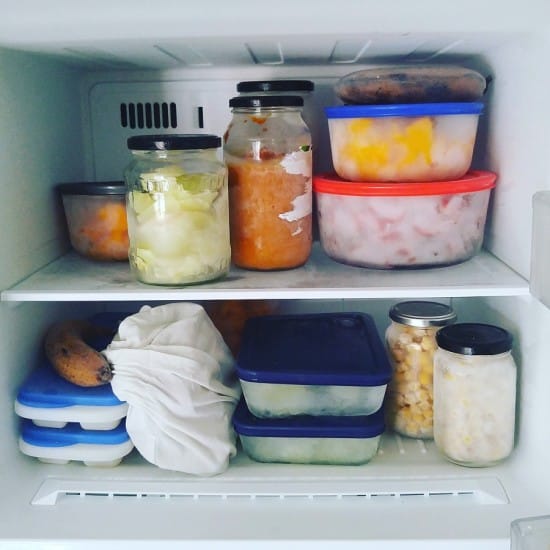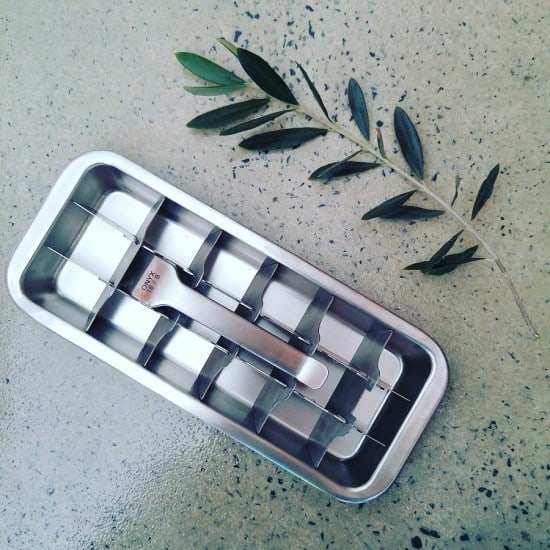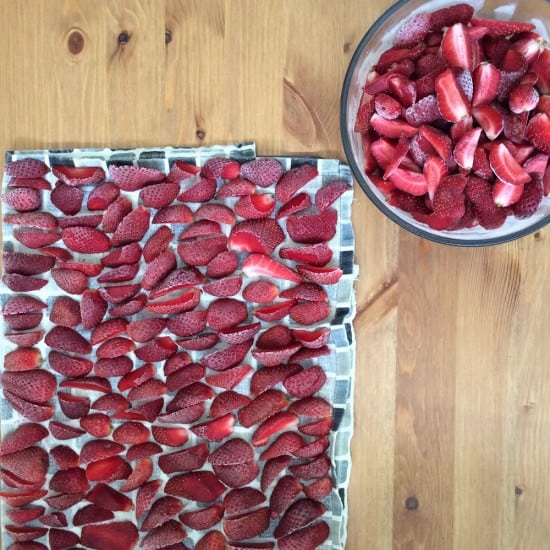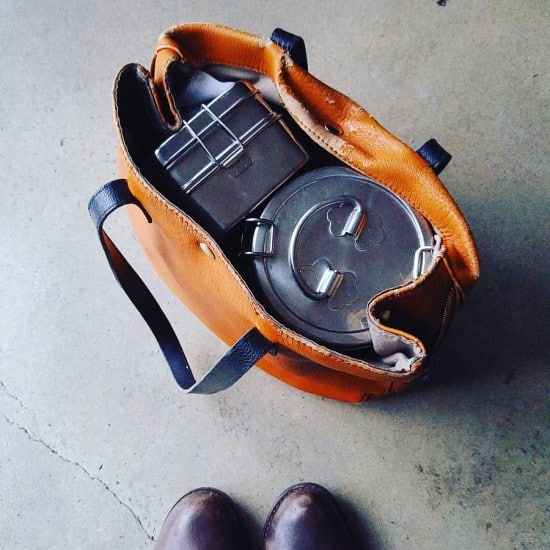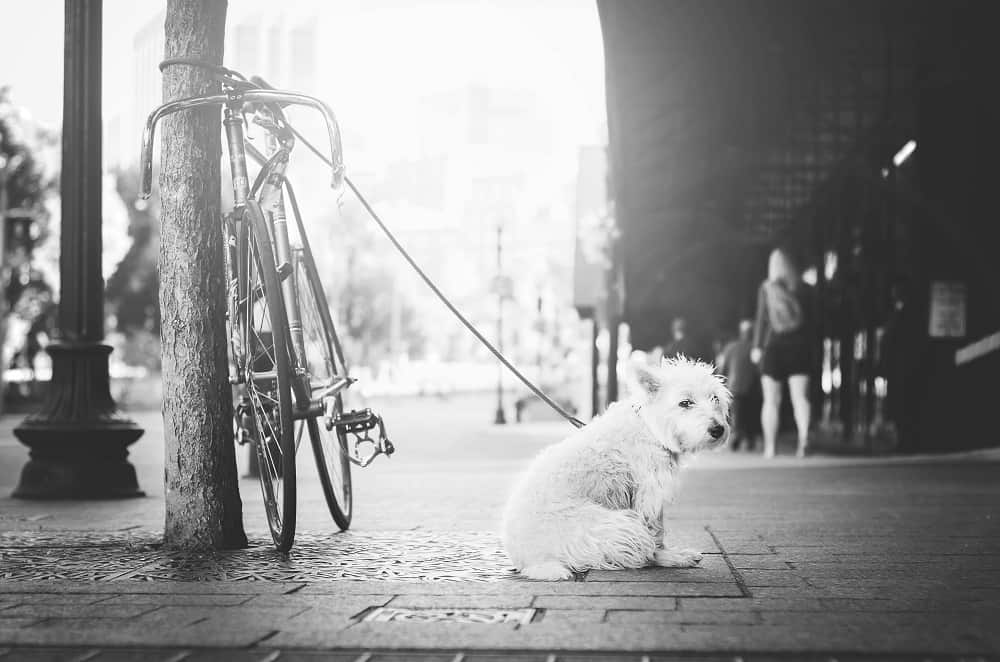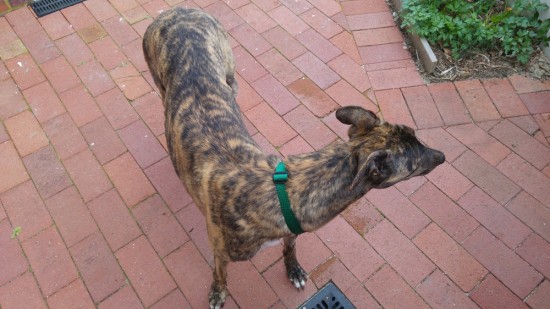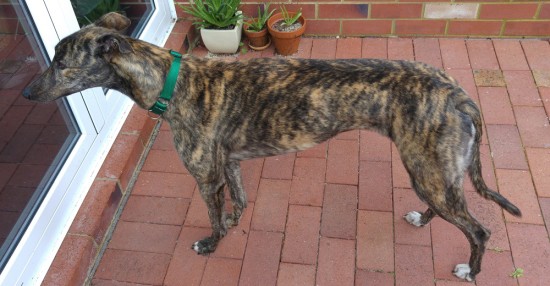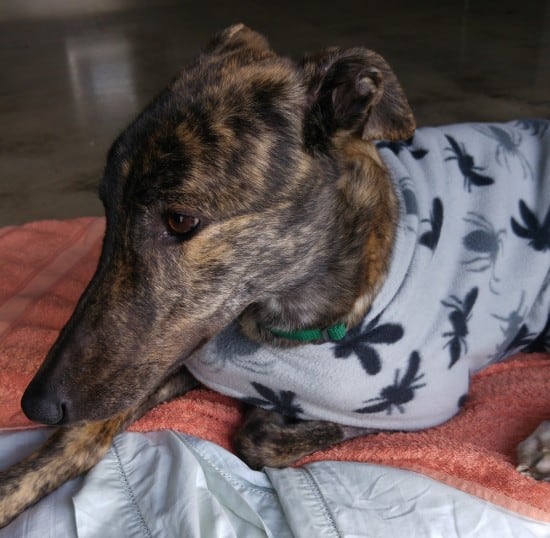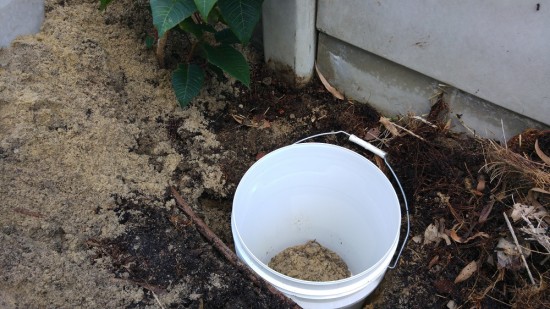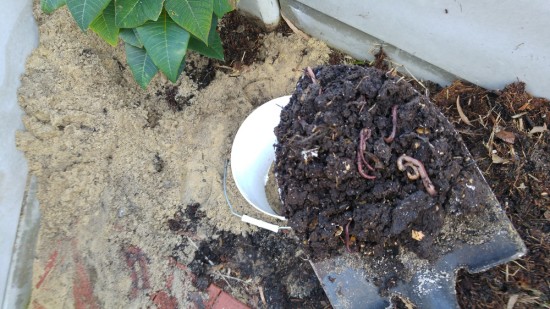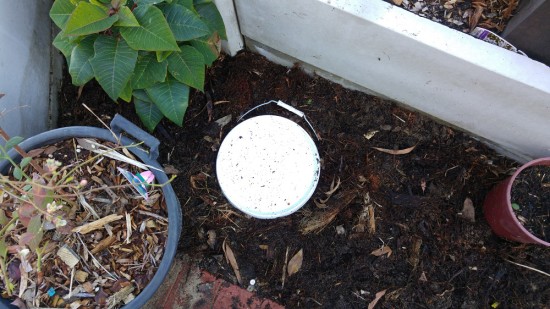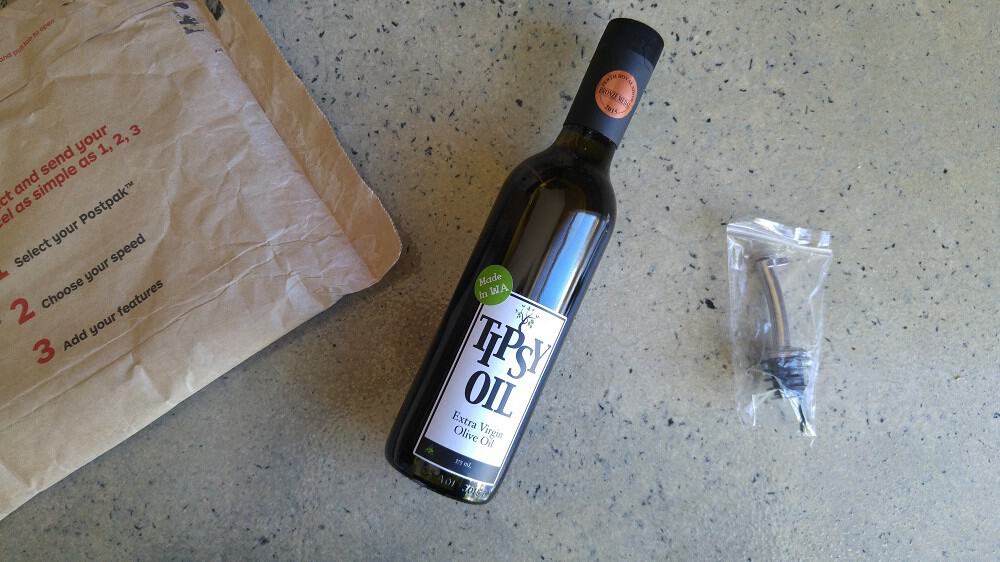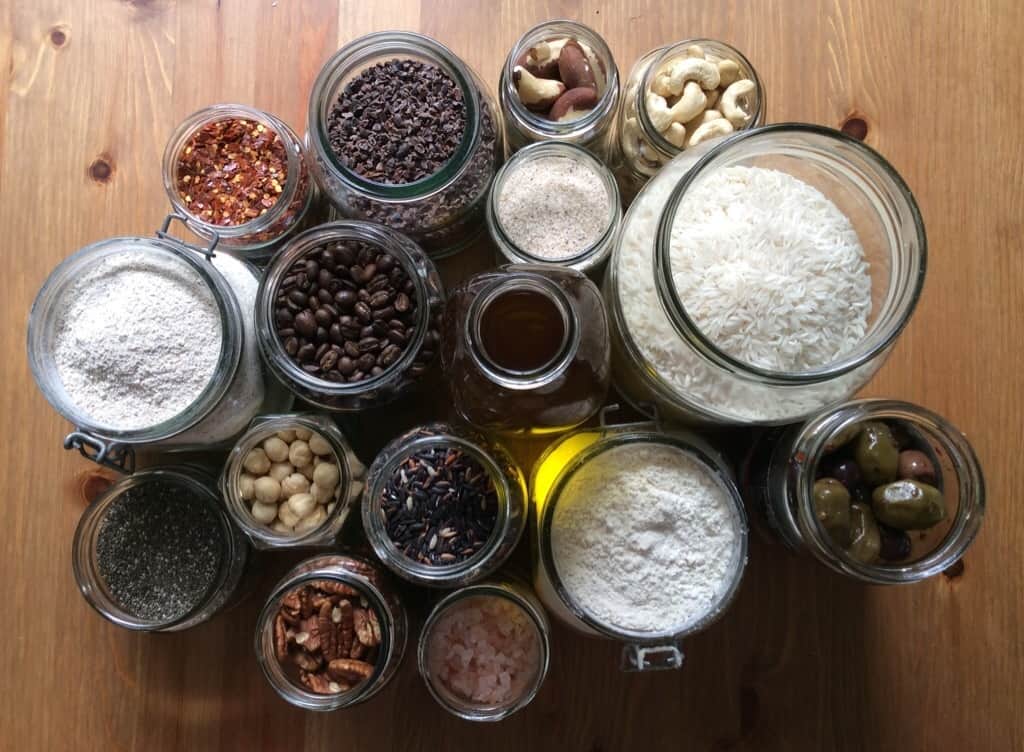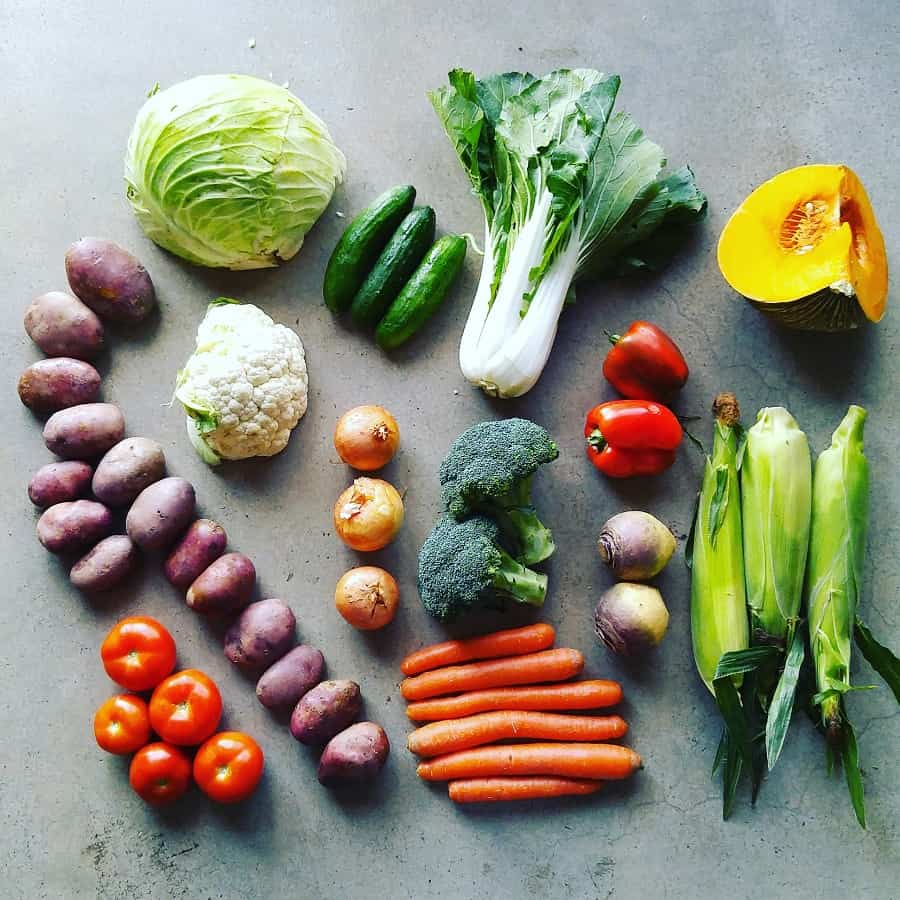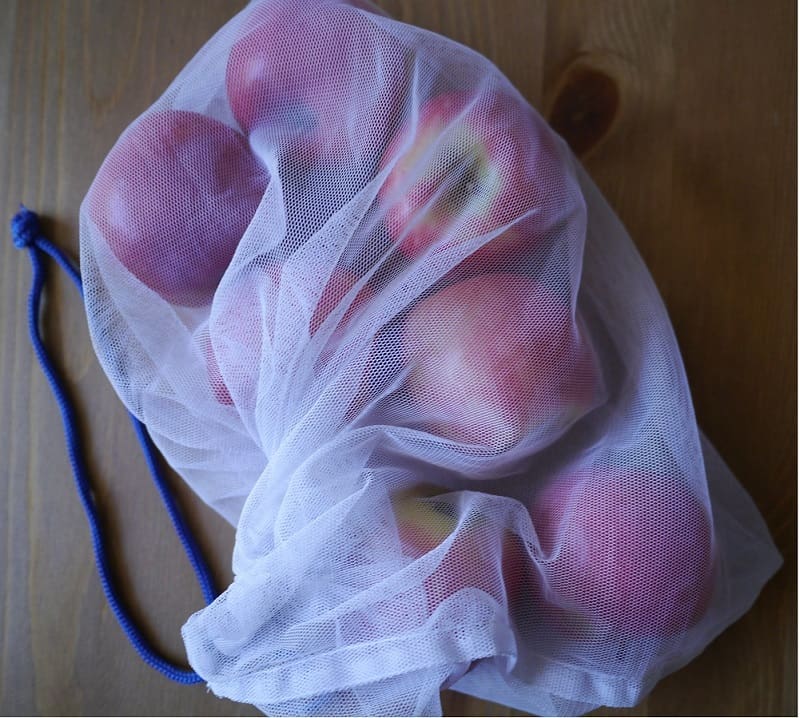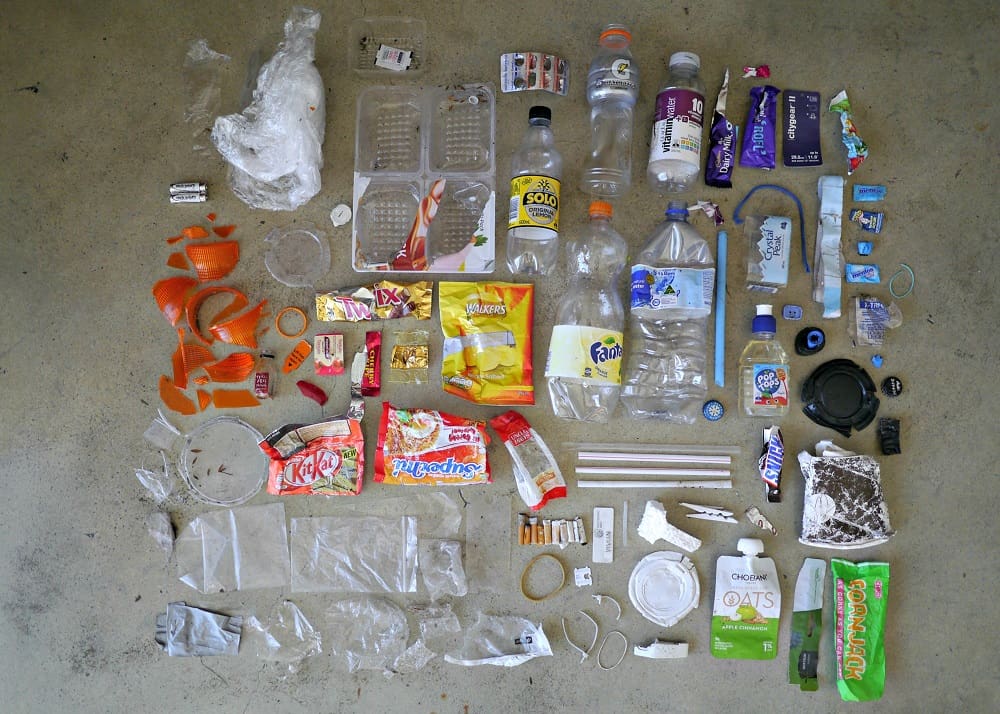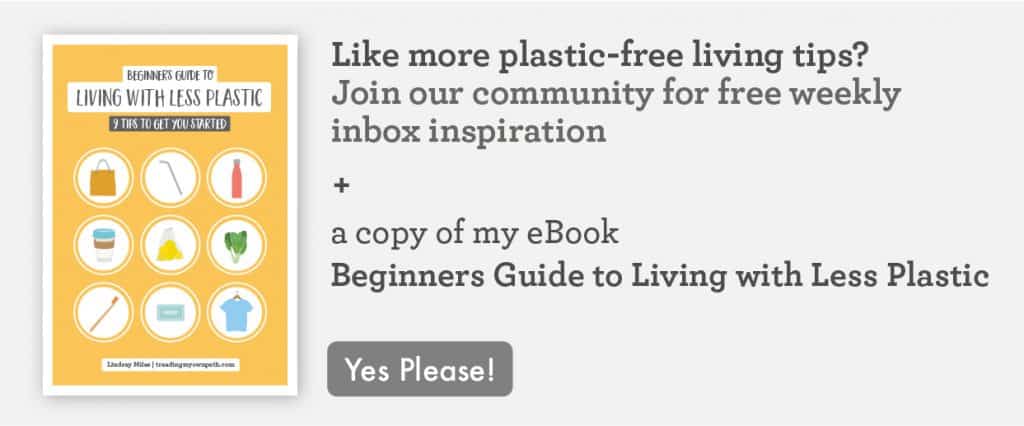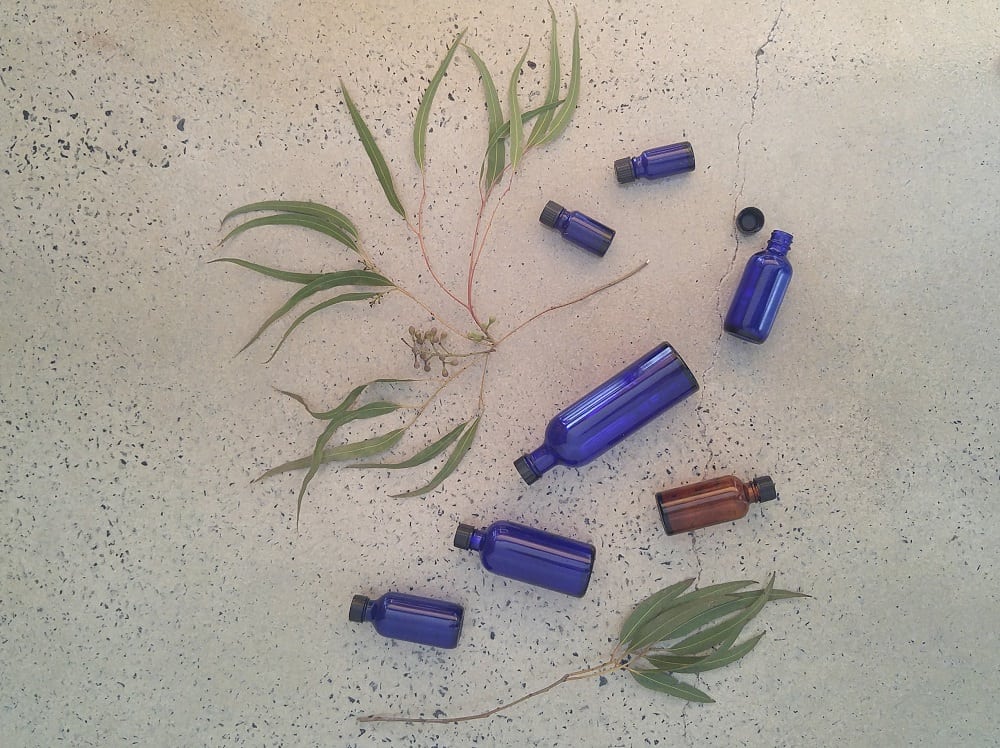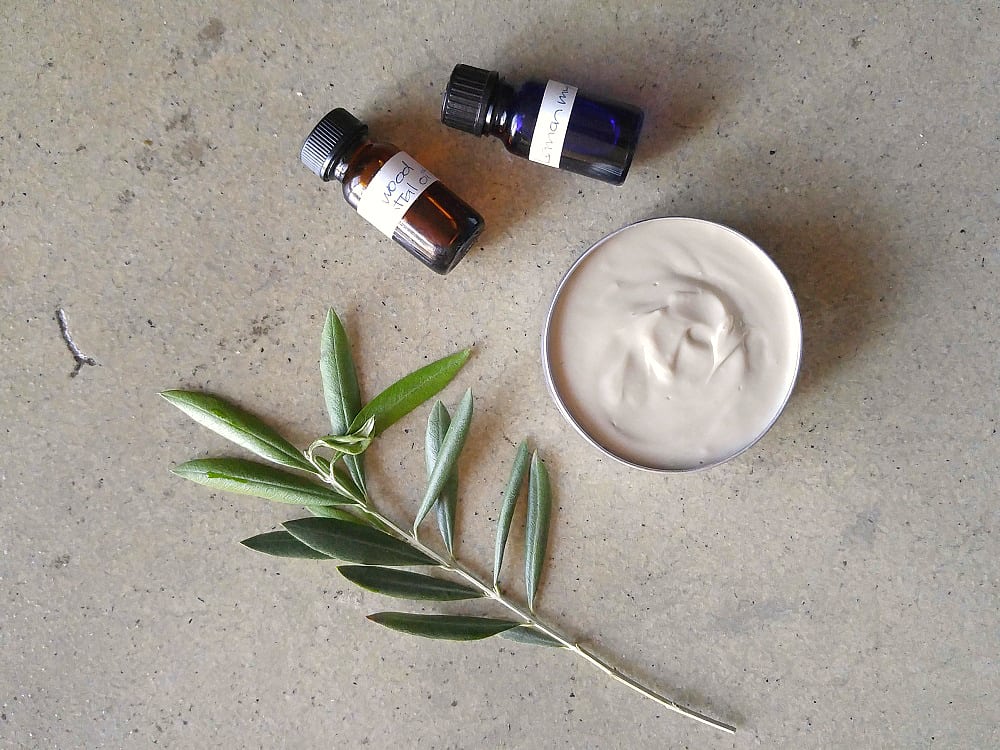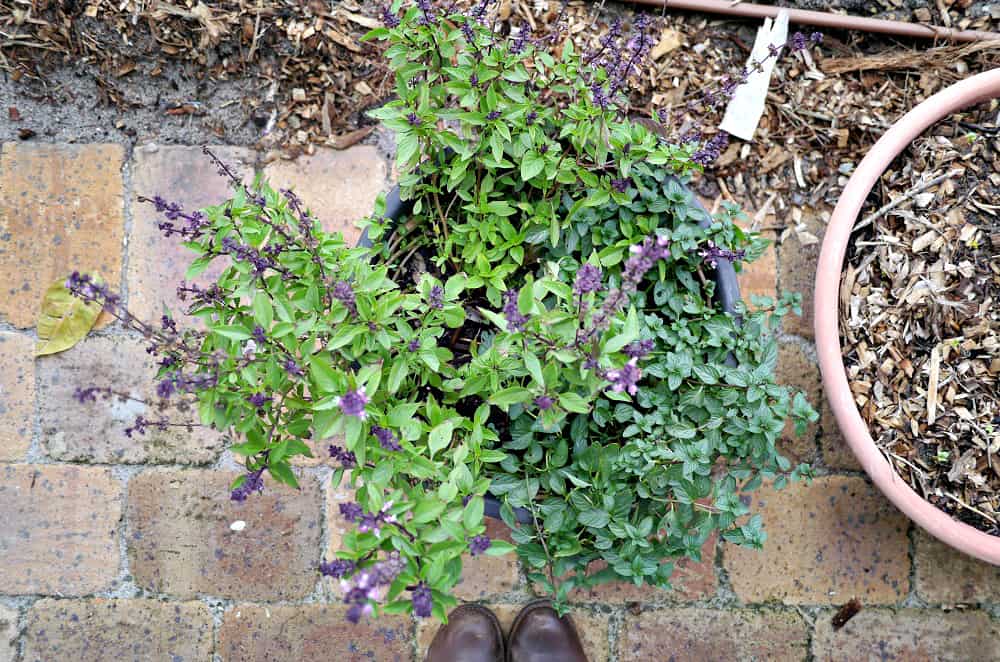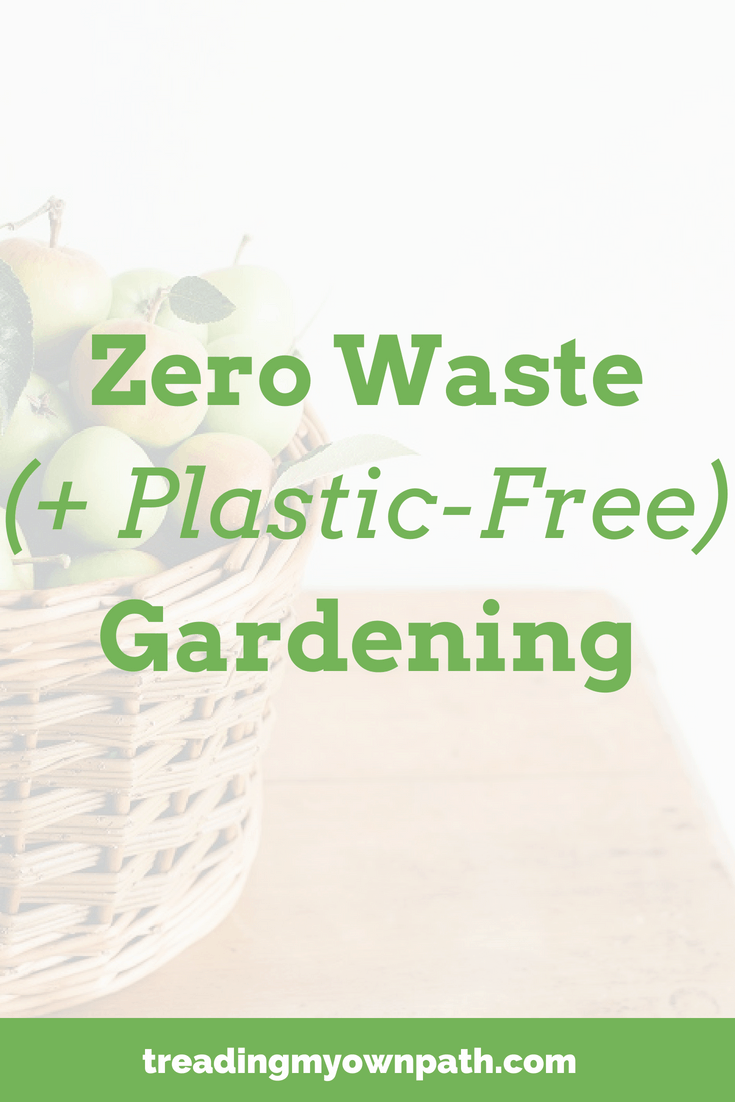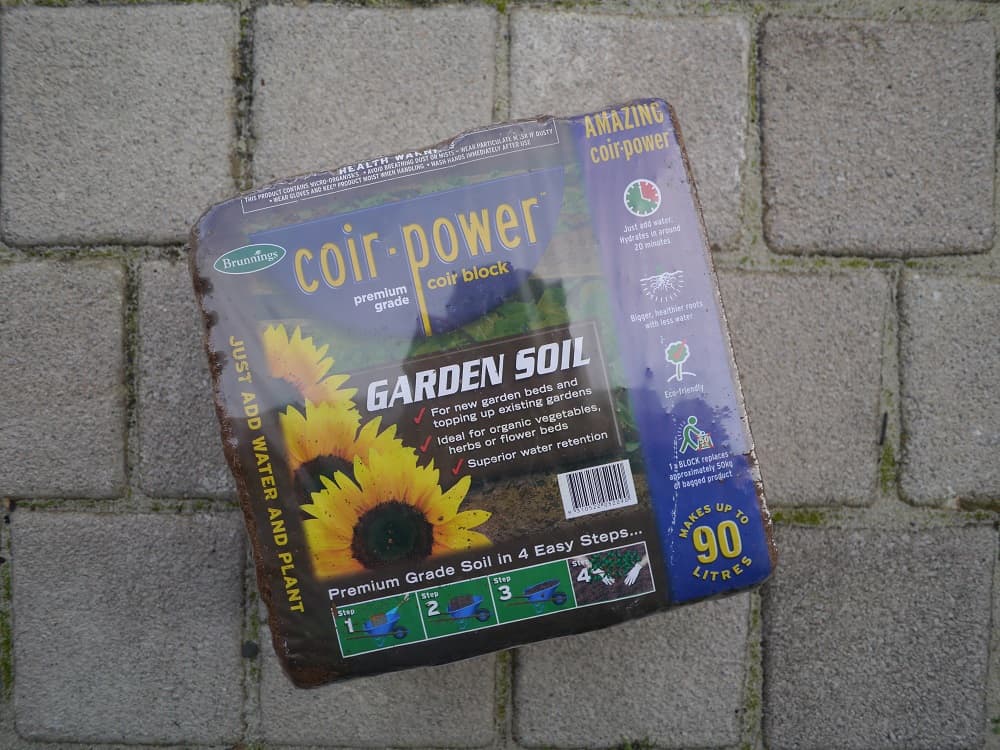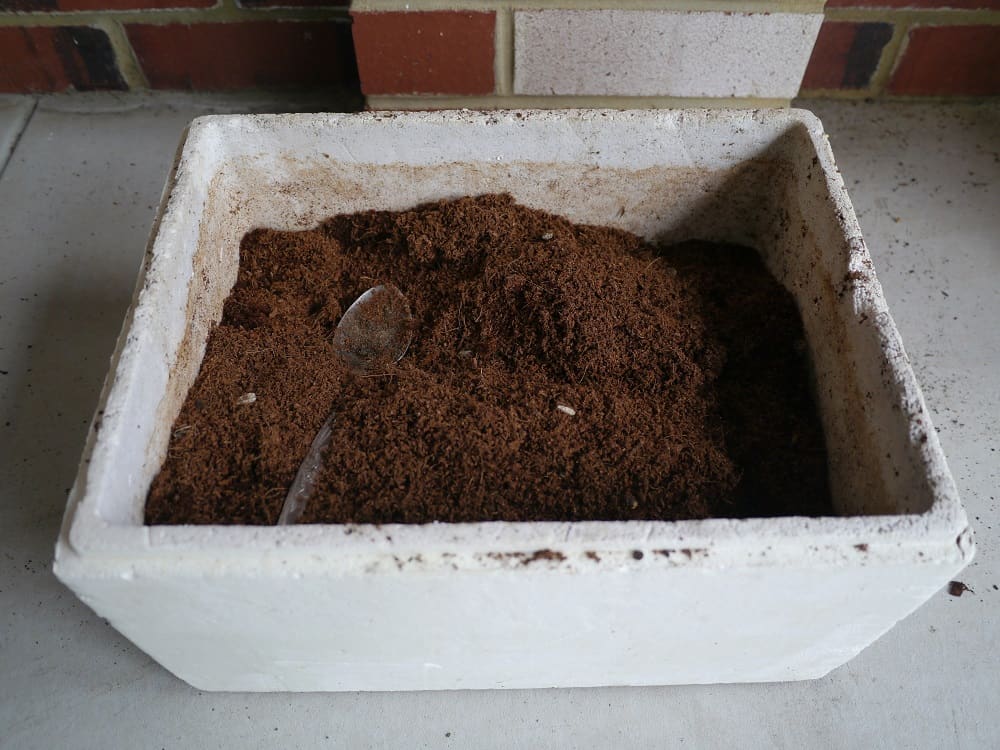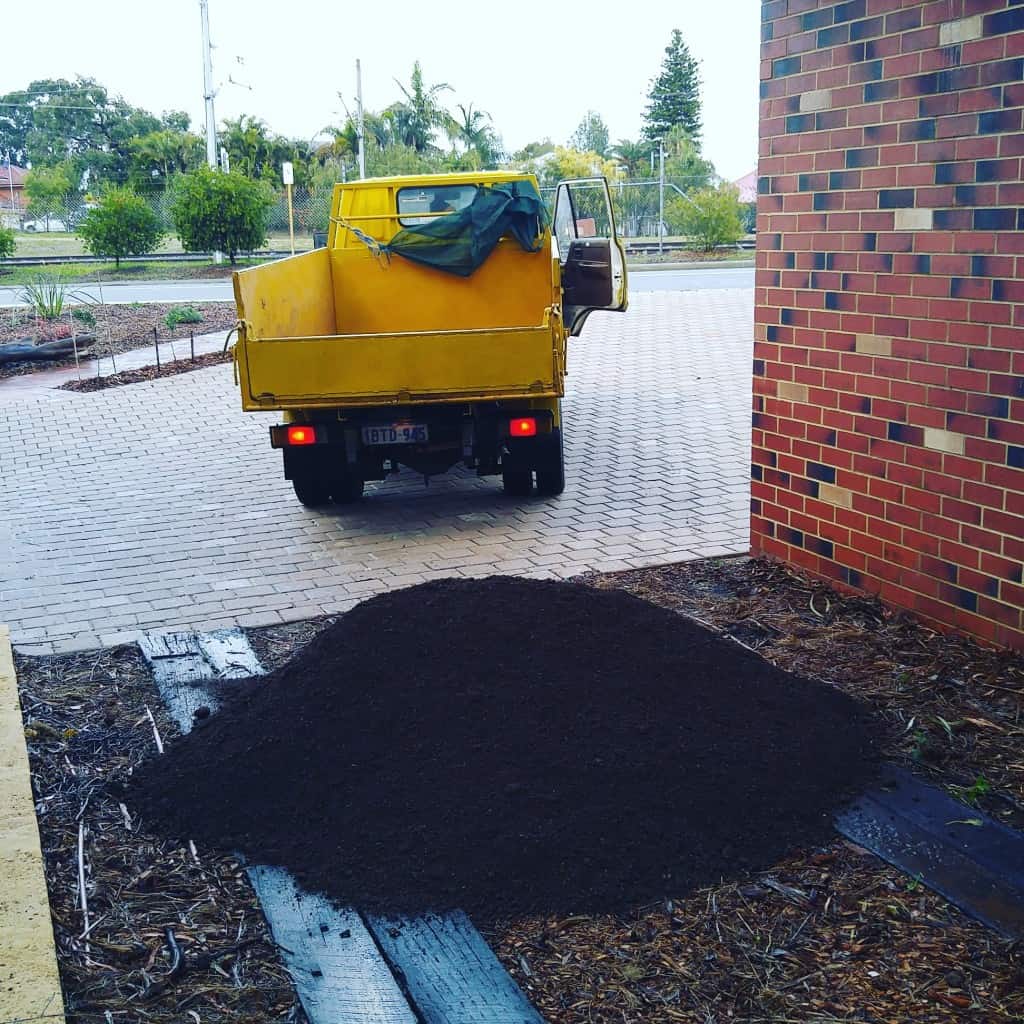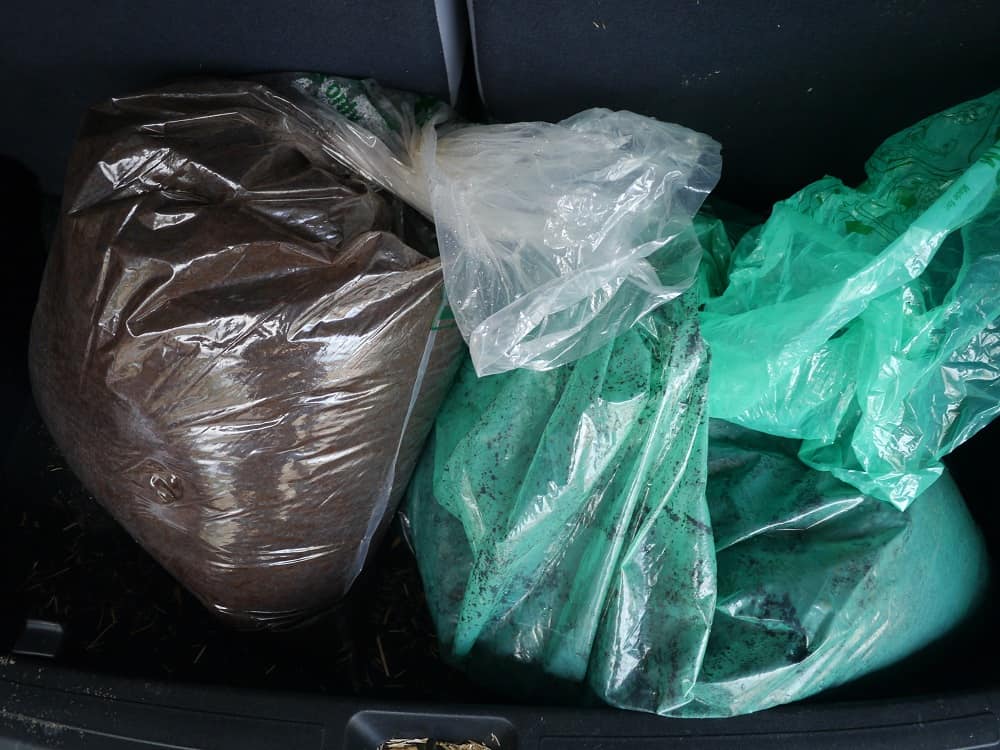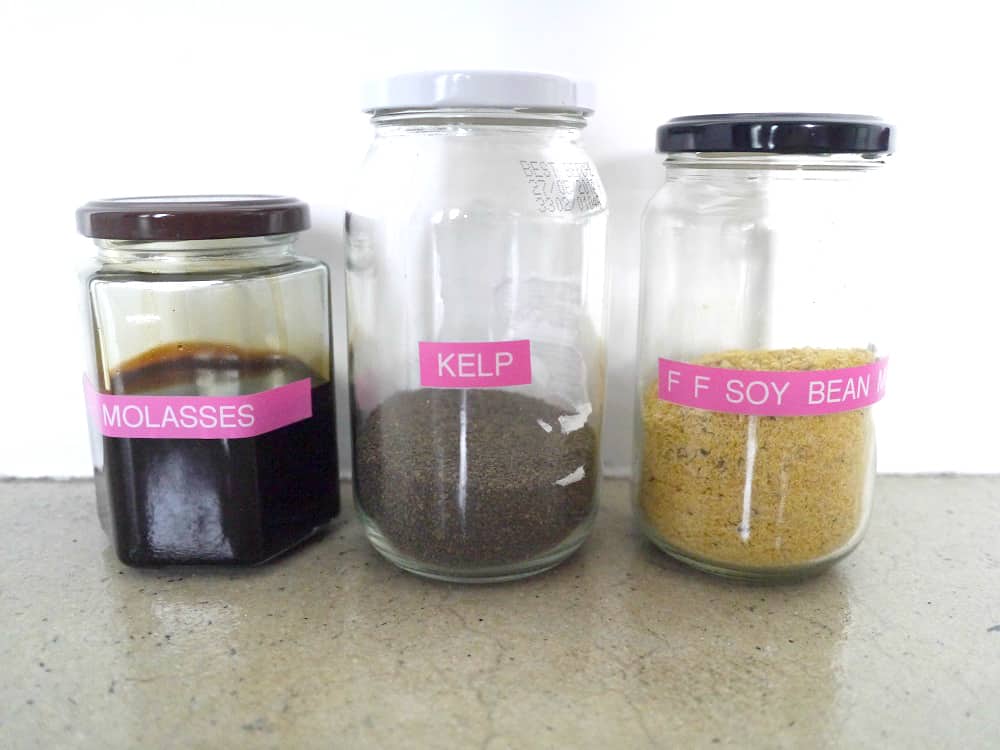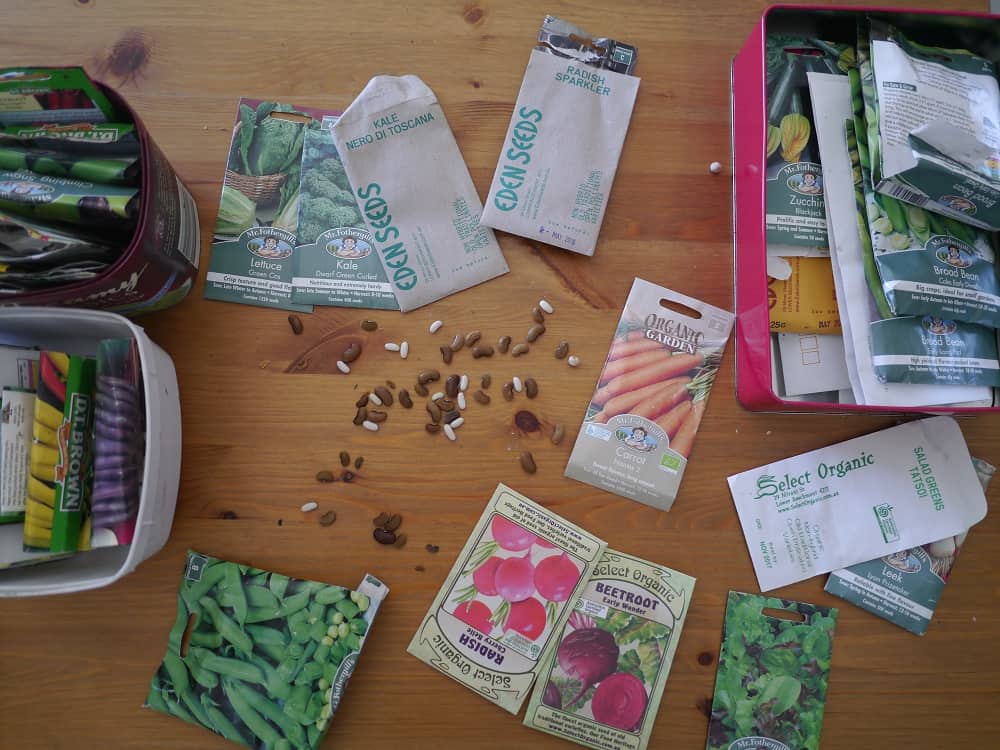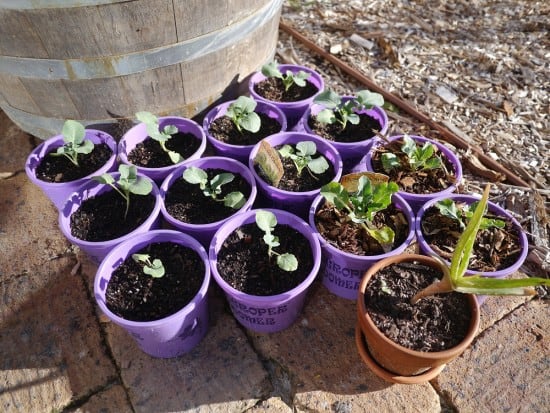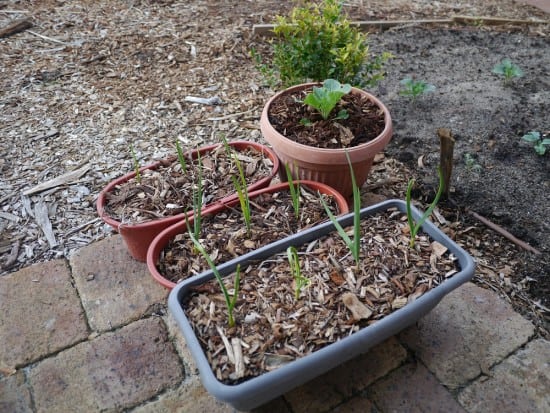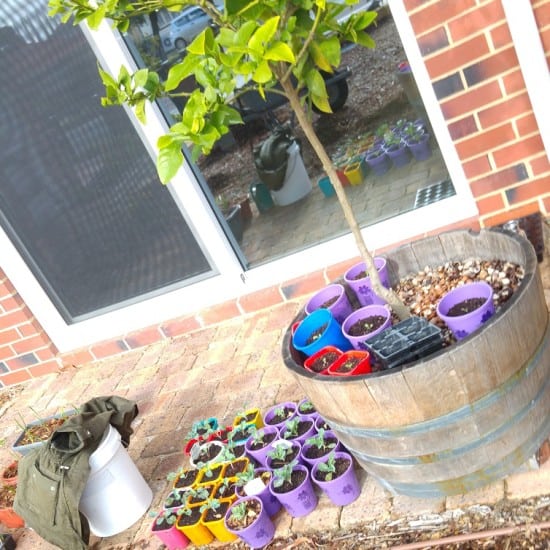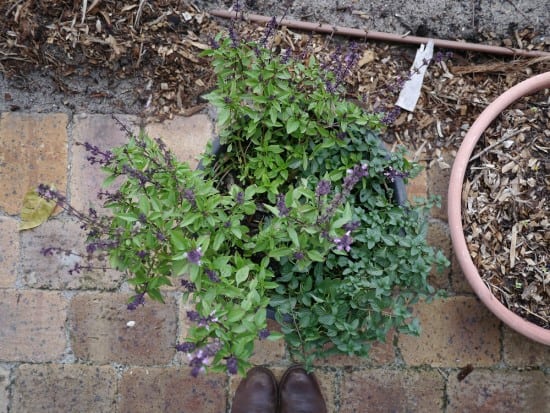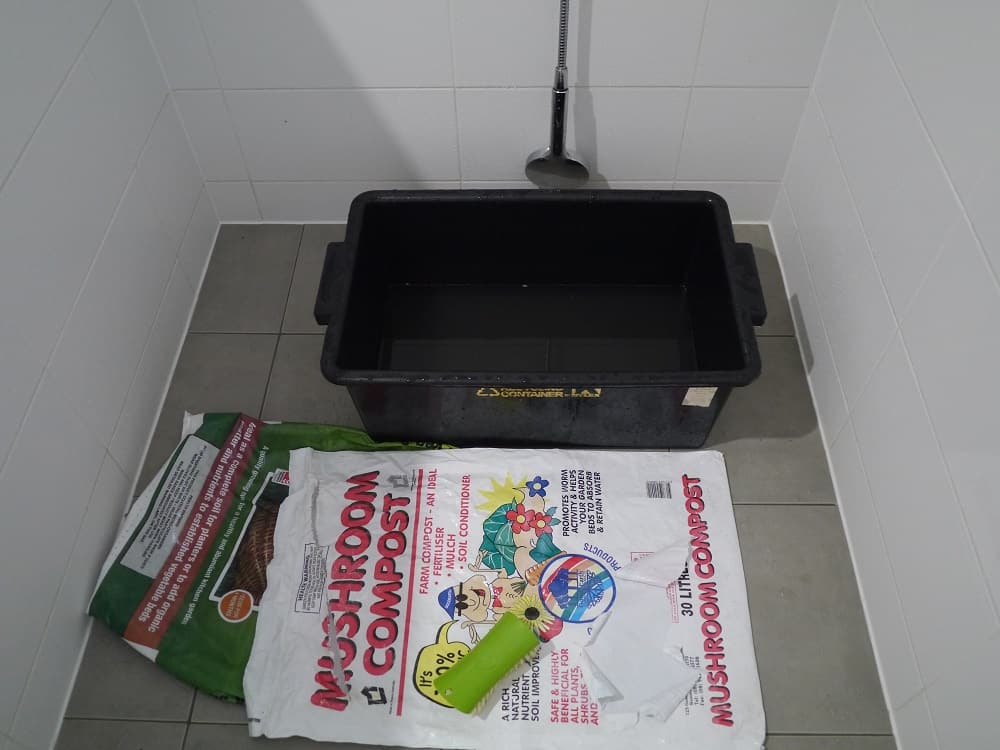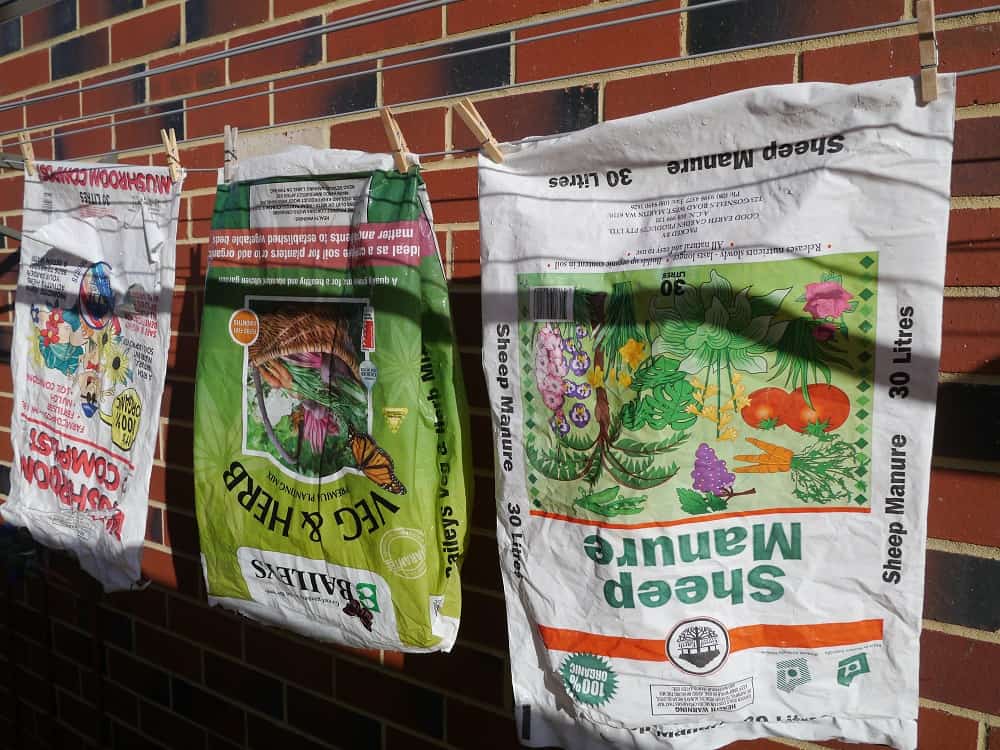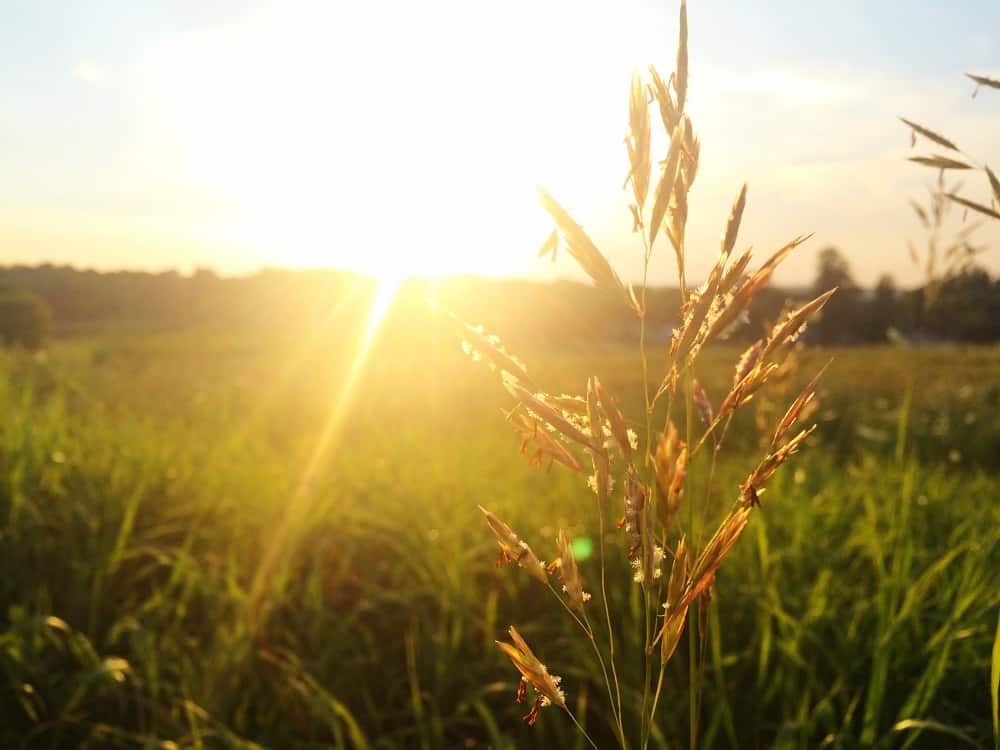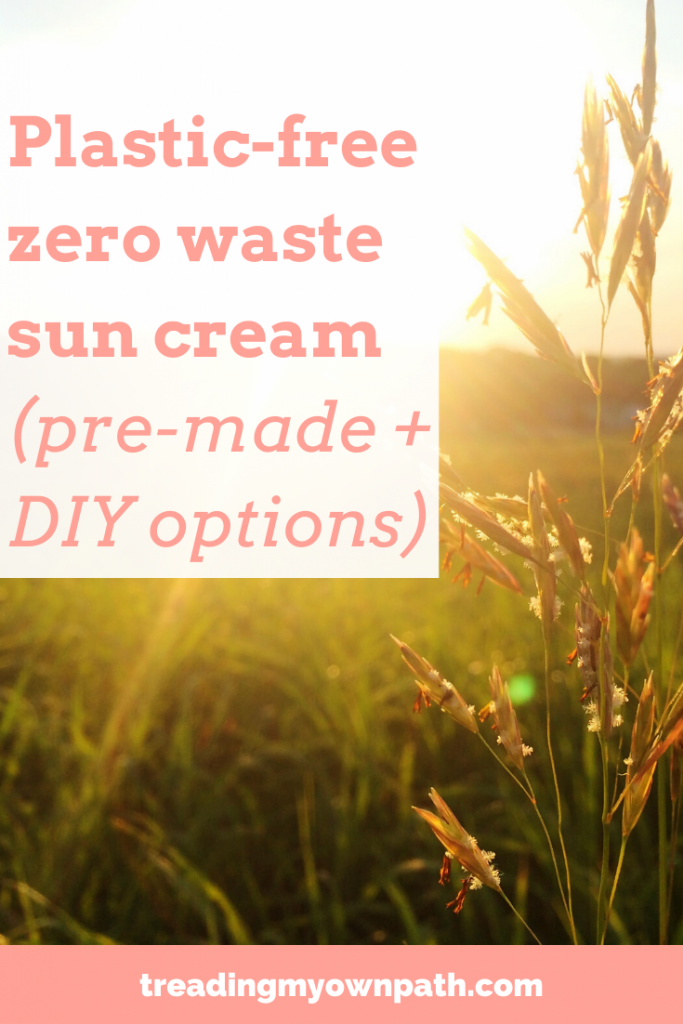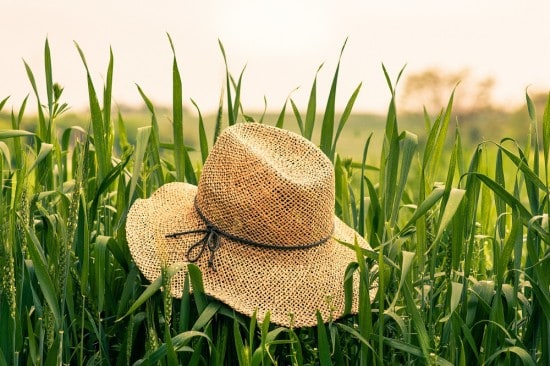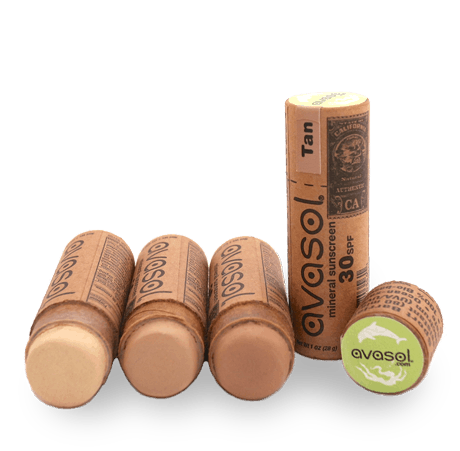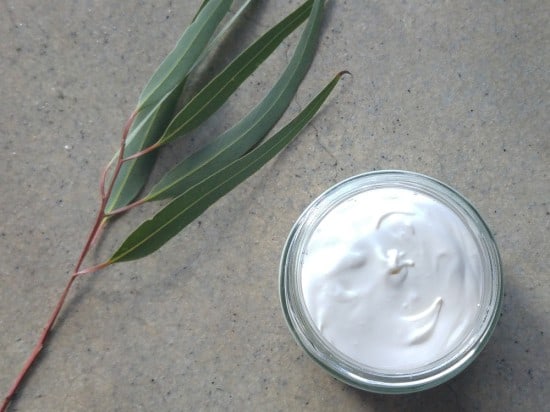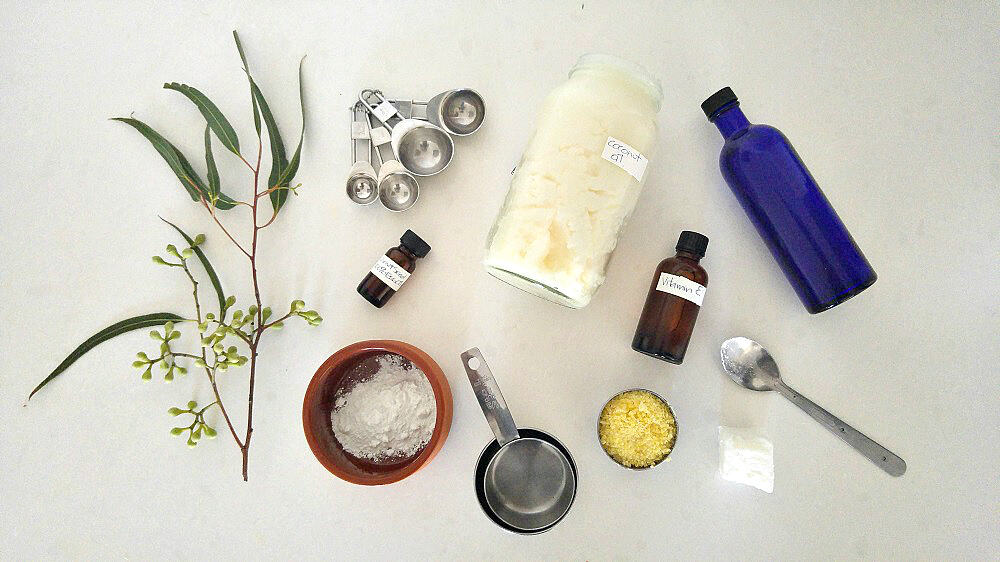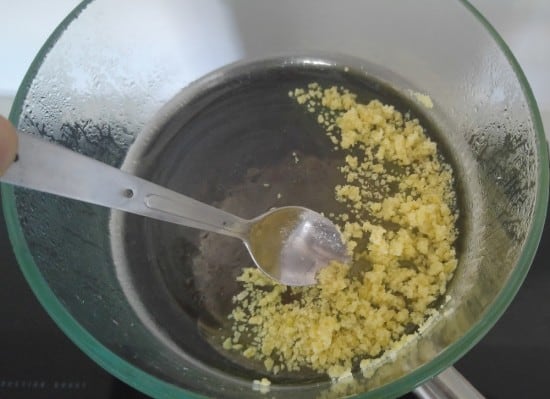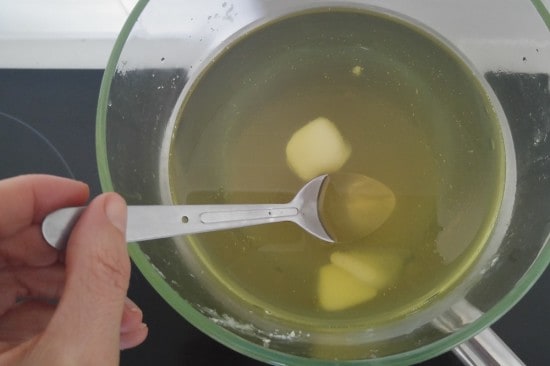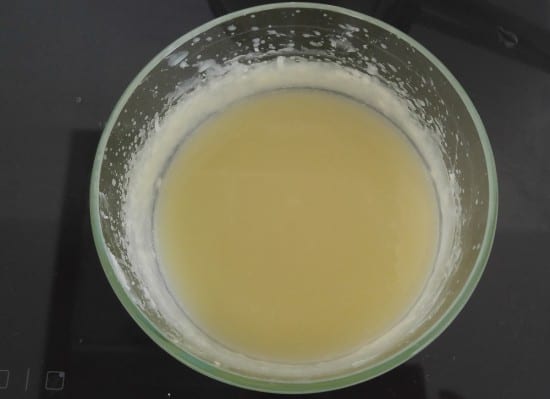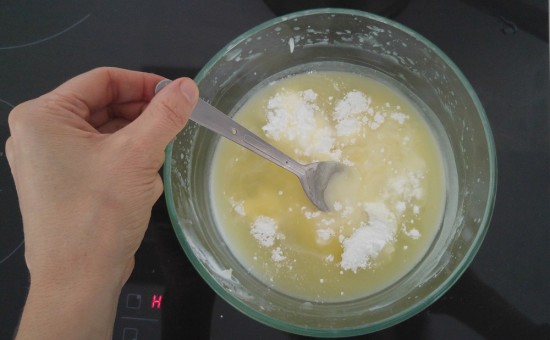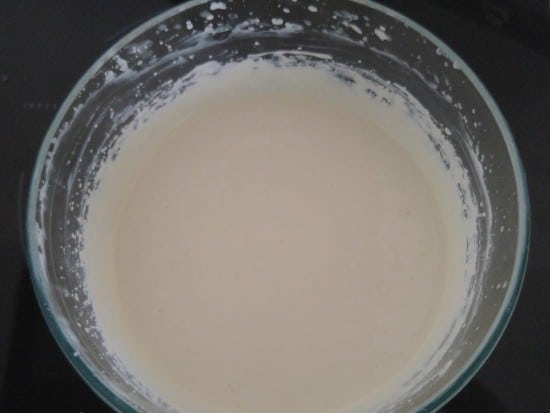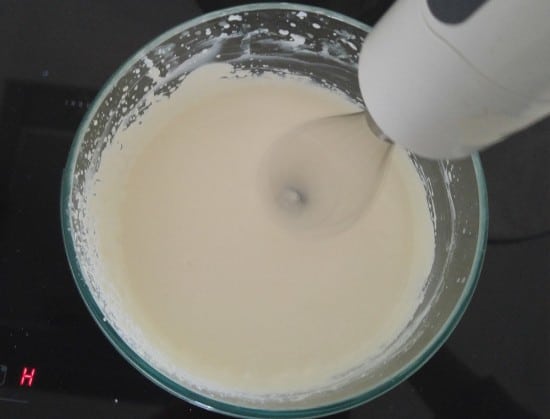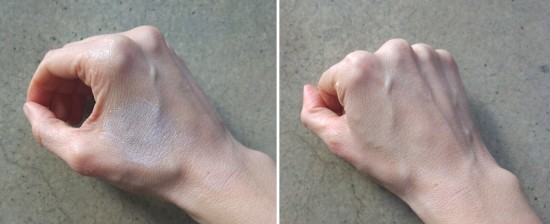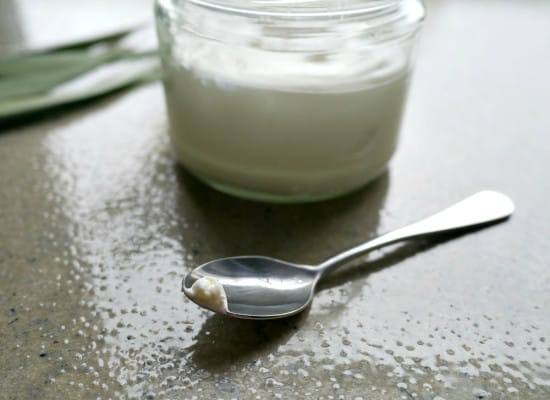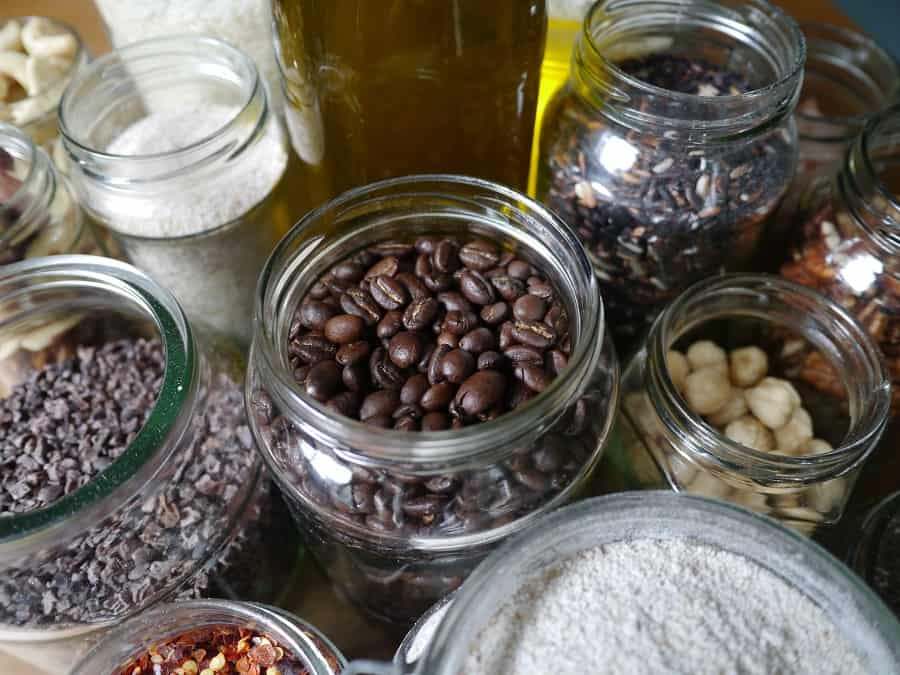6 (Embarrassing) Confessions of a Zero Waste Minimalist
Ah, those embarrassing decisions of the past. We’ve all made them. (Yes, all of us!) When we change our lifestyles, there are all those choices we made pre- lifestyle change that – when we think back to them – just make us want to cringe. Did we really think / do / say that?!
My personal lifestyle-changing epiphany came in 2012, and for the last four years I’ve lived a plastic-free, zero waste and minimalist lifestyle. I’ve embraced the idea of having “enough”, and slowly reduced my annual landfill waste to fit in a jar, and decluttered all the unnecessary things that were going to waste in my home. But for every “after” there is a “before”.
Let me tell you, my pre-2012 self made some pretty cringe-worthy choices. Here are 6 of my worst.
I “collected” single-serve sachets.
As a kid, I liked to collect stuff. In addition to my collection of National Trust bookmarks and interesting pebbles and rocks, I used to collect single-serve sachets of sauce and sugar. I have no idea why. I had no use for sachets of hollandaise or tartare or French dressing, yet I was fascinated by these tiny plastic portions of sauce.
I’d clear out whole condiment trays at cafes, and store them at home in a box. Sometimes I’d take them out and admire them. I loved how small they were, and all the different colours. But I never used them. Now, the waste of single-serve items means I’d never, ever take one – and I certainly wouldn’t admire them!
I used to ask for an extra straw.
As a teenager and in my early twenties, if I ordered a drink in a bar, I used to ask for an extra straw. One straw wasn’t enough for me, I had to have two! I wish I could shed some sort of light onto why I thought this was necessary, but to be honest, it completely baffles me. Now I live with straw shame.
I purchased (and used) a coffee pod machine.
This must be my most embarrassing, shameful confession. Yes, in my mid-twenties I purchased a coffee pod machine as a birthday gift for a partner… and of course, I used it. It wasn’t a Nespresso machine with those metal pods, it was a cheaper version with the plastic, non-recyclable pods. Not that the recyclability of the pods matters, because the waste that goes into the production of new pods cannot be offset by recycling the old ones, whatever the material.
Single-use convenience at the expense of the planet. There are so many other ways to make and enjoy a decent coffee. I thought that pod coffee tasted good. Now it leaves a very bitter taste in my mouth.
I bought “novelty” gifts.
Novelty gifts. Those “humorous” items that get a laugh, and maybe a few minutes of pleasure, before spending the rest of eternity in landfill. The presents you give to people “who have everything” – yes, I fell for the marketing.
If someone truly has everything, they definitely don’t need novelty gifts. No-one needs pointless tat. Was it really worth spending my money on stuff like this, and creating the extra waste for a couple of laughs? No. Now, if I need to buy a gift for somebody who has everything, I buy tickets, or a restaurant voucher, or an experience. Or toilet paper. Because even people who have everything need toilet paper.
I bought things I didn’t need because they were “bargains”.
Who doesn’t love a bargain? Bargains are one thing, butI used to confuse bargains with “stuff that’s been reduced in the sale”. Actually, these are quite different. A bargain is something that you need, that is available to buy for far less than it is actually worth. Something in the sale is an item that is being sold at a cheaper price than it once was. That doesn’t mean it’s a bargain (it could be on ‘sale’ from a heavily inflated price). If we don’t need it, it definitely isn’t a bargain!
I used to shop in the sales. I’d buy things that were heavily reduced (the big red tag told me so) simply because they were reduced. I didn’t think about whether I needed it, would wear or use it, and how much I would have paid if I had seen it without the red tag. Saving money was a reason to buy it – except I wasn’t saving money at all. I was spending money. Buying stuff I didn’t need was a waste of money, time and resources… and it just added to the clutter and stress of my home. Now I’m clear: a bargain is only a bargain if I need it.
I owned stuff I never used.
Pre-2012, I never really thought about how wasteful and unnecessary this was. It wasn’t that I intended not to use things, but I’d somehow entangled my sense of identity in with the stuff I purchased. I’d pin my dreams of being slimmer on buying tighter-fitting clothes. I’d attach my hopes of mastering a new hobby by buying all the equipment. I’d envision the life that I imagined for myself, and choose things that fitted in that life, rather than the one I actually lived.
I’d buy products before the act, so to speak, and these things remained unused, singing my failures softly to me whenever I saw them in the back of the cupboard. Both minimalism and zero waste have taught me that if it’s not being used, it’s going to waste. Keeping things we don’t use isn’t an inspiration to change, it’s a reminder that we didn’t. If it’s not useful now, it’s better off being given to someone who will use it. Now I only own things that I use.
…
Why am I sharing this with you? Not because I enjoy embarrassing myself! I want to show you that people can change. We’ve all made poor choices in the past. I certainly have! Those poor choices don’t define me though, just as they don’t define you. We all have the opportunity to do things differently next time.
We can take those poor choices and learn from them, and make better choices in the future. We can look back and laugh (or cry!) at the memories, but we don’t need to hold onto them. Those choices represent who we were, not who we are, nor who we are capable of becoming.
It doesn’t matter if those choices were years ago, or last week, or even this morning. Mistakes made in the past, however recent, are no reason to avoid trying again in the future. Whether that’s reducing plastic consumption, refusing single use items, stepping off the consumer treadmill or something completely different, we can all make different choices. Forgive yourself for those cringe-worthy choices of the past. Know that next time, you can choose better.
Now I’d love to hear from you! Were there any of these that you could relate to? Any that you (fortunately) never made the mistake of choosing? If you’ve made lifestyle changes, did you have an “epiphany” or was it more a gradual process that led you to make changes and see things differently? Was it one thing that inspired you to live life differently or a number of different things? Do you have any confessions of your own? What embarrassing secrets do you have from your past that makes your present self cringe in despair? If you’re in the process of making changes, are there any current habits you have that you’re beginning to question and wonder why you make those choices? Is there anything else that you’d like to add? Please tell me your thoughts in the comments below!
[leadpages_leadbox leadbox_id=1429a0746639c5] [/leadpages_leadbox]

